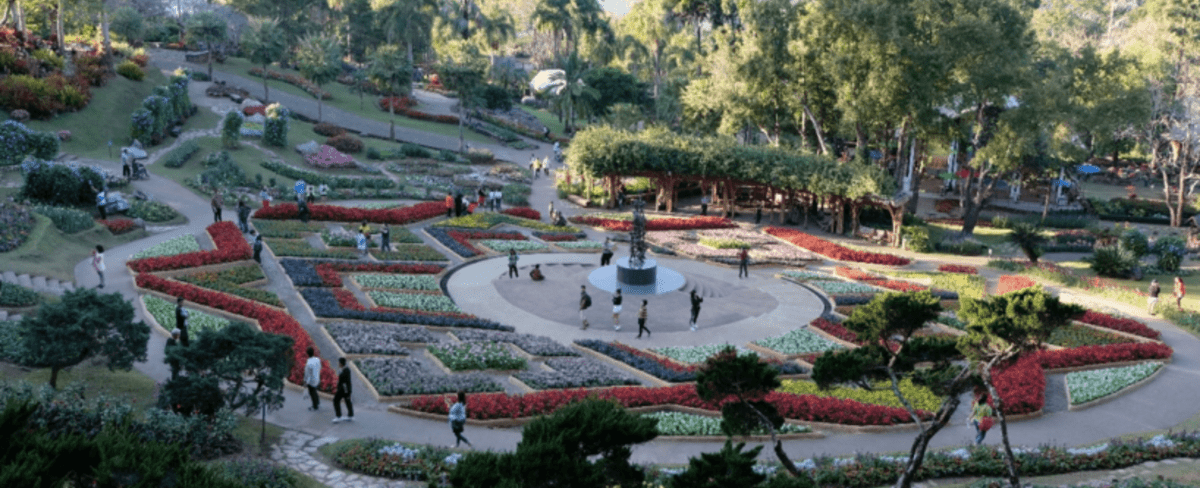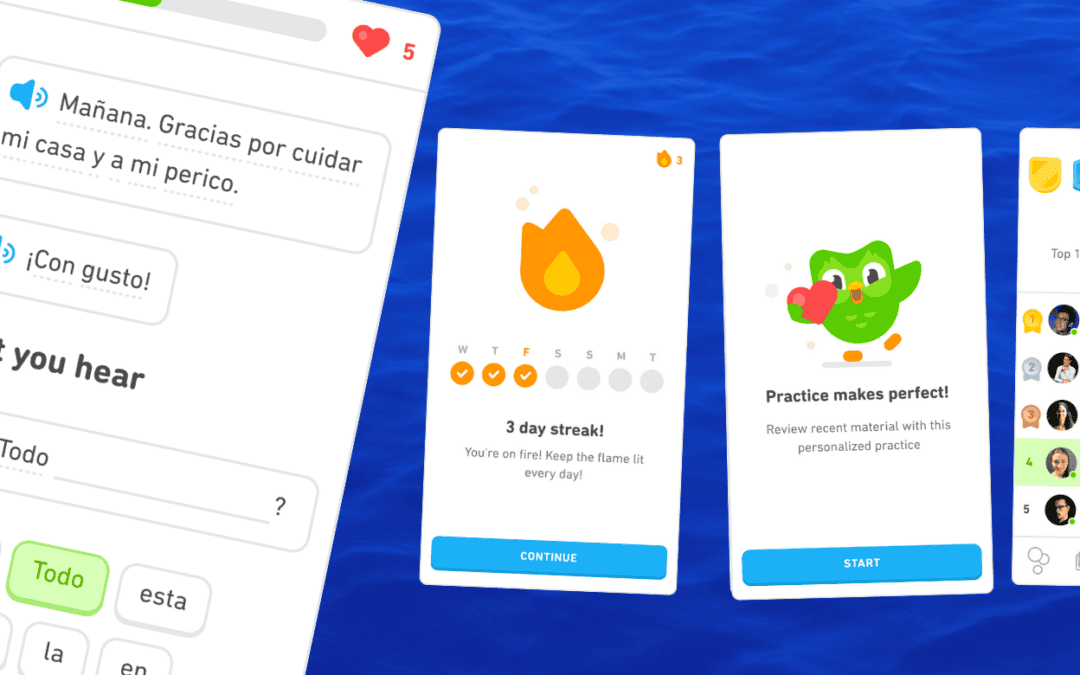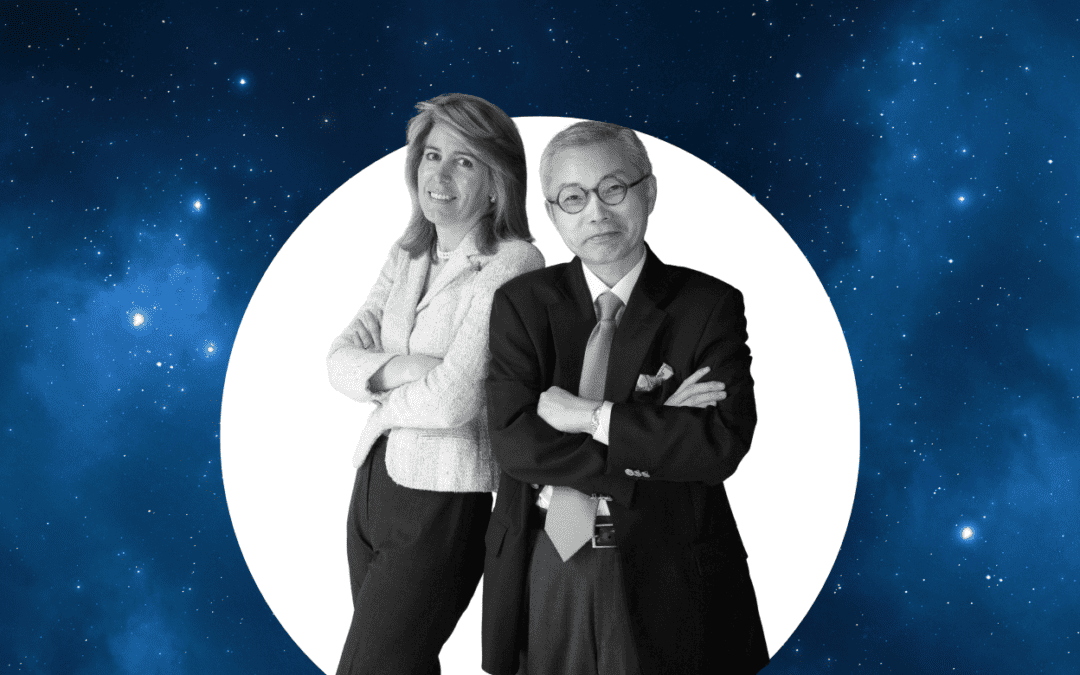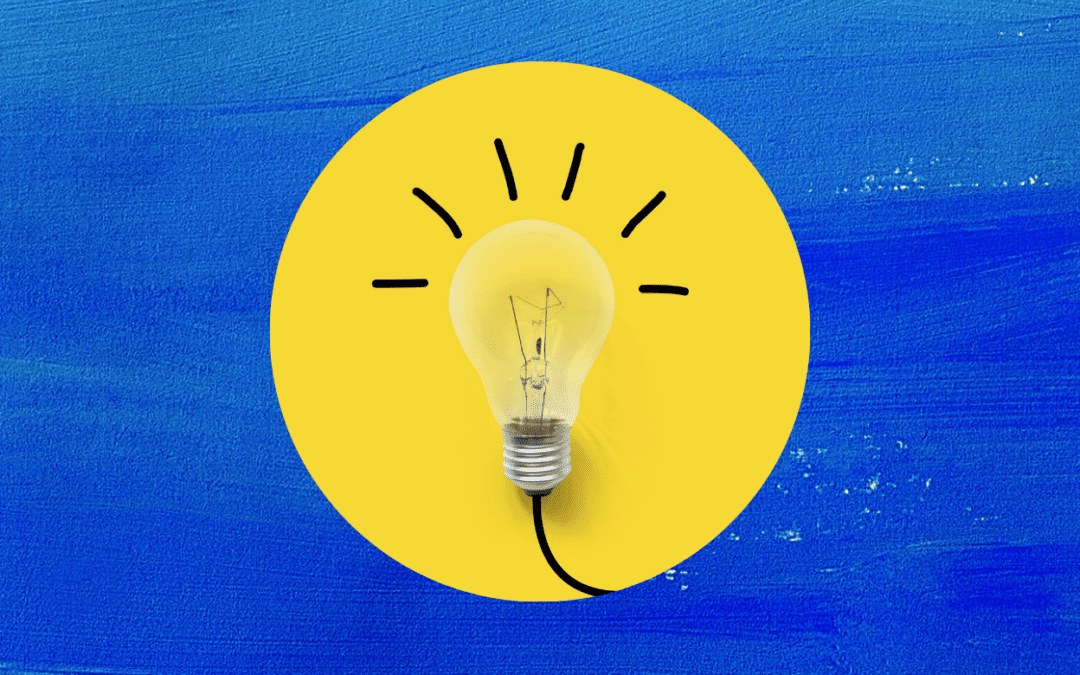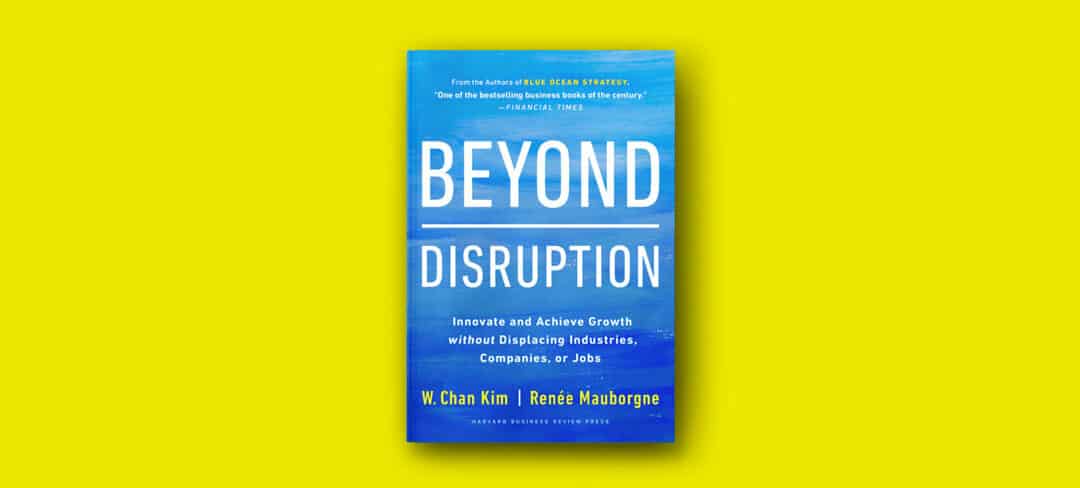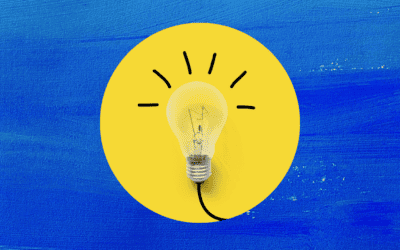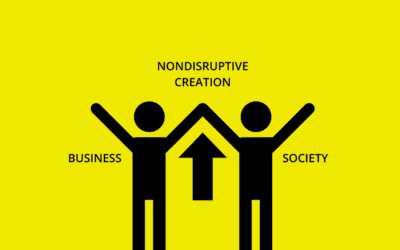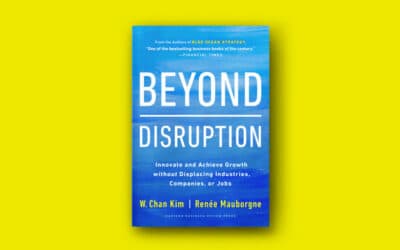Written by J. Rae Cho & Gowrishankar Sundararajan, Value Innovation Group
The best-laid plans of an organization come to nothing if employees are not behind them. This is because most organizations face internal hurdles to change – from cognitive hurdles of people wedded to the status quo to political hurdles created by deep divisions and silos that breed infighting. If you do not address these hurdles to execution upfront, your efforts at change are likely to fail.
Building people’s trust and aligning them with a new strategy is critical. This is especially true in the innovation-driven economy where organizations depend on employees’ ideas and creativity for new growth.
The power of humanness to drive change
The authors of Blue Ocean Strategy and Blue Ocean Shift, Professors Chan Kim and Renée Mauborgne, have found that people are most likely to share ideas and take part in transformation efforts when they feel recognized for their intellectual and emotional worth. This is what they call ‘humanness’ in the process.
Humanness is about acknowledging people’s fear of change, their insecurity and their need to be treated with dignity. After all, transformative change is threatening as it forces people to leave their comfort zones. But when you include humanness in your transformation efforts, you are much more likely to achieve success.
The case of Thailand’s Doi Tung Development Project (DTDP)
The late Princess Mother of the Thai Royal family applied humanness to help transform the Doi Tung region in northern Thailand. Doi Tung was part of Asia’s largest illicit opium-producing area for many years within the infamous Golden Triangle. Doi Tung’s barren hills had long been subject to ‘slash and burn’ agriculture, opium cultivation and trafficking of humans and arms.

‘The Doi Tung Development Project transformed this secluded and barren area’.
Thirty years after the launch of the Doi Tung Development Project (DTDP), the region is now regarded as one of the world’s best examples of sustainable development, attracting more than a million tourists each year. The DTDP transformed this secluded and barren area into a place where people and nature can co-exist and prosper together. The project created a win-win blue ocean solution for both local communities and the environment around them.
How did the DTDP achieve this when so many other development projects of the kind have failed despite careful planning and generous funding?
The Doi Tung Development Project adopted three crucial elements of humanness
The DTDP was successful because it practiced humanness, which helped create trust, win over the local people and motivate them to participate in the project. An essential element in this process is what Chan Kim and Renee Mauborgne call ‘atomization’ – breaking down a big task into smaller tasks that seem easier to achieve.
For example, the project team broke down the DTDP into smaller tasks such as re-planting trees, attending skills training, and setting up cash-crop and handicraft businesses. The project team even atomized the building of partnerships with external entities (over 50) for each different task. Through atomization, local communities were able to meet objectives that would otherwise seem daunting if not impossible.
The late Princess Mother also built a royal residence within the Doi Tung community and lived there with the people. This symbolic statement gave hope and inspiration to the local people while signaling to the public agencies and corporate players the importance of the DTDP. Just as importantly, it enabled her to see the project through first-hand discovery – another essential element of humanness. By living in Doi Tung and experiencing the challenges faced by the local people, she was able to gather new insights and develop creative solutions.
The project team also got the buy-in of people by practicing fair process, the third crucial element of humanness. Fair process is about engaging people in decisions, explaining why decisions are made and setting clear expectations about what needs to be done by whom. The importance of this for any transformation effort cannot be overstated.
In the case of the Doi Tung Development Project, the project team regularly engaged local community members and explained that all the business ownership and operational management would be gradually transferred to them. They set clear expectations on how the local communities would take over ownership of the project. This motivated community members and partners who went on to make Doi Tung an astounding success.
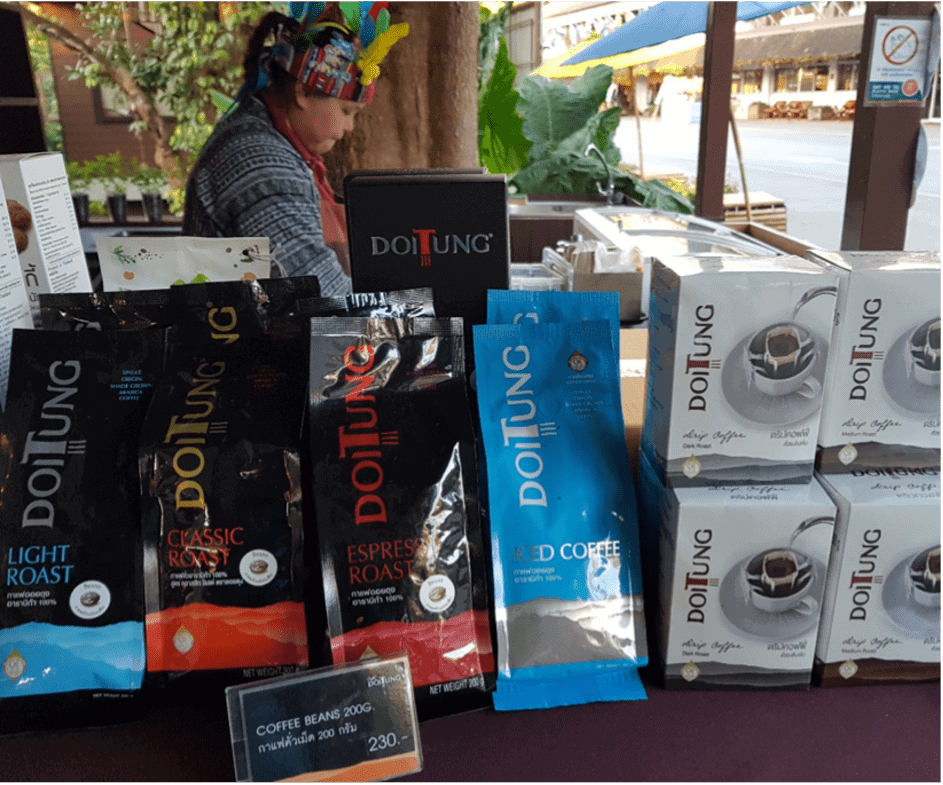
The Doi Tung Development Project saw an 18-fold increase in the average income of the local people, 3 times faster than the national average’.
Humanness helped the Doi Tung Development Project achieve extraordinary results
The Doi Tung Development Project saw an 18-fold increase in the average income of the local people, 3 times faster than the national average. The project became self-sustainable in 2001 through its business income, slightly more than 10 years after its launch. This financial achievement was accomplished while preserving the natural surroundings and expanding the forest area from 4,000 to 13,000 hectares.
In summary
Practicing humanness in the process is essential to the successful execution of your transformation efforts. The Doi Tung Development Project team incorporated the three key elements of humanness in its development process as summarized below.

The three essential elements of humanness © Chan Kim & Renee Mauborgne, Blue Ocean Shift
How about your efforts to implement new strategies or transform your organization? Are your employees owning and driving the process towards successful execution? If not, you may need to earn the intellectual and emotional commitment of your employees. Humanness in the process does just that.
By J. Rae Cho & Gowrishankar Sundararajan, Value Innovation Group
About the authors
Value Innovation Group (VIG) is a team of global blue ocean experts with vast experience in assisting organizations to shift from red oceans of cutthroat competition to blue oceans of new market space for rapid and profitable growth. VIG is a member of Blue Ocean Global Network, an international community of blue ocean practitioners.
